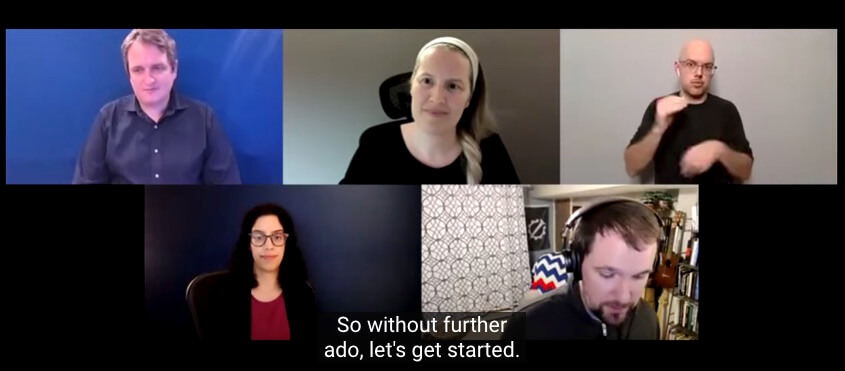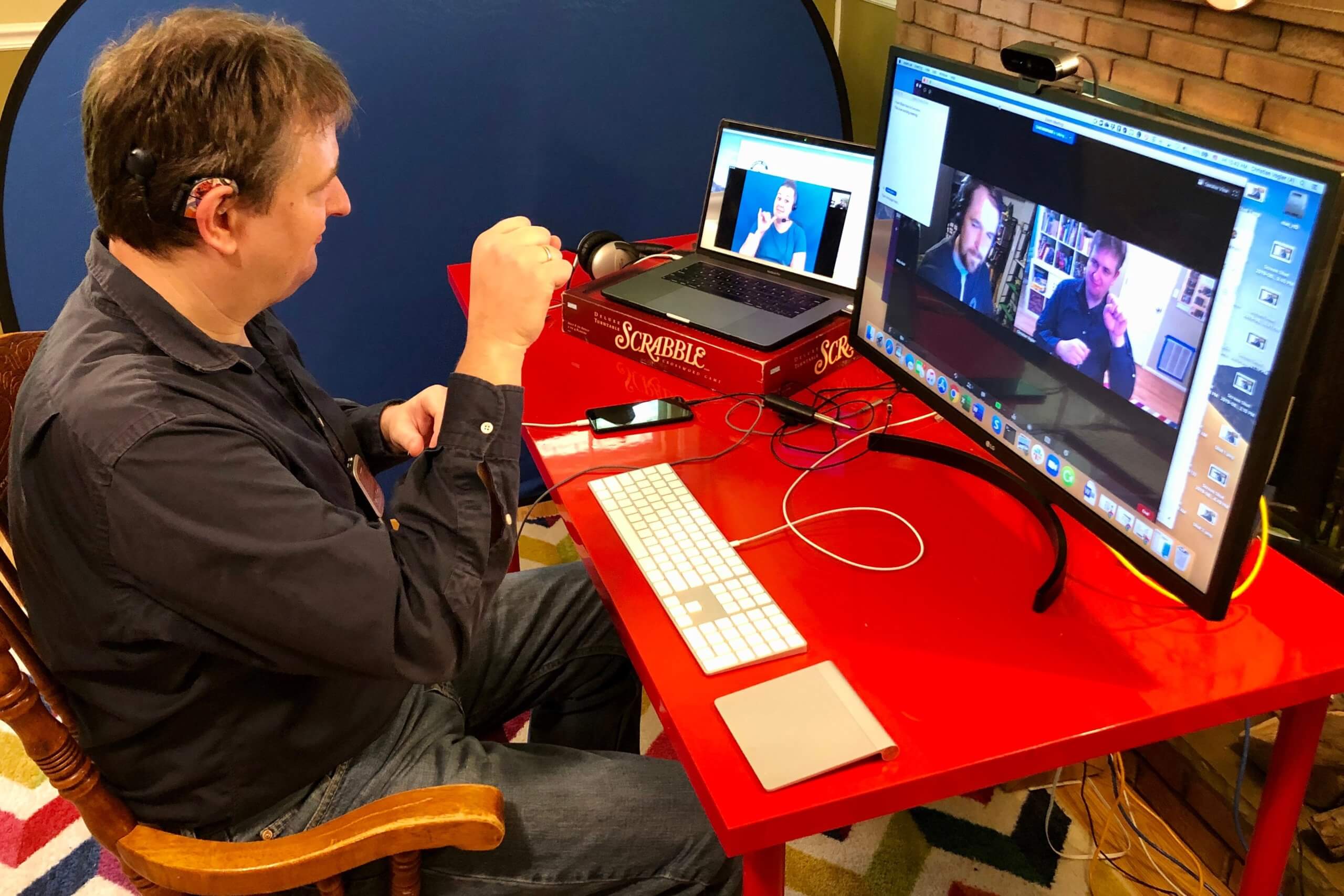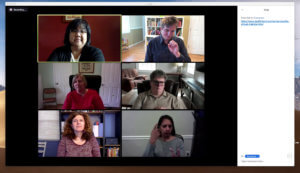Cochlear Implant Skills Review (CISR) is a new assessment measure developed by Enhanced Aural Rehabilitation for Adult Cochlear Implant Users via Telerehab Technology investigators Bernstein and Brewer, in collaboration with Hume and Presley, to be used clinically to evaluate a patient’s demonstrated skill and knowledge with their cochlear implant. The CISR was modeled on the Practical Hearing Aid Skills Test-Revised (PHAST-R) developed by Desjardins & Doherty (2012). The CISR can be used as a key assessment tool to help clinicians better evaluate the cochlear implant (CI) user’s understanding and demonstrated skills in using their technology. This, in turn, can serve as a guide for training, counseling, and rehabilitation with the CI user so that they can achieve maximum benefit from their CI.
Benefits of the CISR
For the CI user, the CISR can aid in the development and mastery of these skills which is central to confidence and success with technology. Training in areas where skills or knowledge are needed improve self-confidence and skills to manage the use of their implant and facilitate self-efficacy. In all, it can serve to help optimize the benefits from the CI.
For clinical professionals, the CISR will be an excellent pre and post assessment measure and guide not only for CI Audiologists, but also Speech Language Pathologists who work with CI users, as well as doctoral students to guide their counseling and rehabilitation work with patients, and Audiologists who do not work with CIs regularly. It can be used in its entirety or in modular format since it is comprised of 6 sub categories which address basic skills.
Future Research Needs for the CISR
While the CISR is available for immediate clinical use, we are still refining the measure and it will require a full validation study before it receives widespread clinical use. The test-retest reliability of the CISR needs to be assessed with a large n of at least 50 adults with cochlear implants for publication of this assessment measure. It is currently in use, however, as part of our assessment protocol in our telerehabilitation study at the following clinical sites: Columbia University Medical Center, University of Maryland College Park, University of Kentucky College of Health Sciences, Gallaudet University, and the Cleveland Clinic.
View the tool and related resources:



